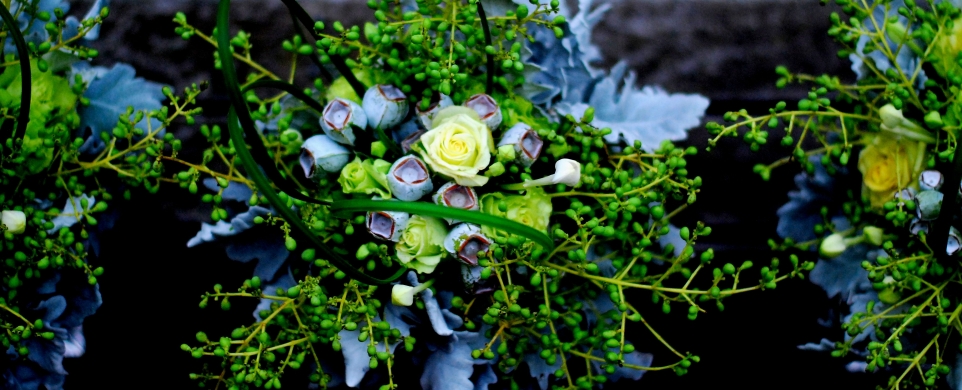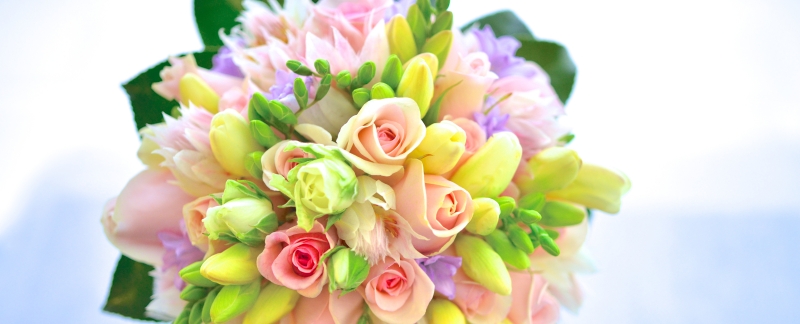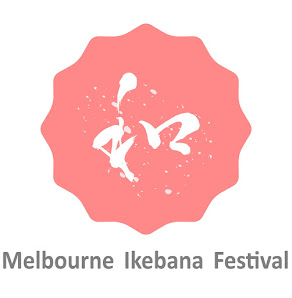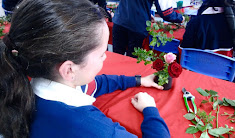The third of the Ten Virtues of Ikebana is appreciating the non-verbal communicative power of flowers. There are two ways to interpret this. Some say that we can make friends through flowers without using any words. The other interpretation is that flowers can give us profound pleasure, which is beyond words. I’ll talk about the second aspect in the next issue and focus on the first this time.
The pleasure we find in Ikebana doesn’t need to be expressed in words. When we share this pleasure with other people, we can make friends without using words. We often feel that Ikebana works “talk about” the artist’s personality.
When I am exhibiting my works around Melbourne, many strangers start to talk to me. As I improve my skills, I hope that this will happen more and more. Having said that, I only have a few regular clients in the Japanese community, Hanabishi and Koko restaurant in the city. I’m hoping to find another client sometime soon.
The experience of making friends through flowers is rather rare, but in fact many Ikebana artists would certainly have experienced this. I personally have had a few important encounters in my Ikebana life.
Seeing works by Ms Marjorie Bromilow in Adelaide was one of them. Immediately after her exhibition I was inspired to learn Ikebana and became her student. I was very sad to hear that she passed away at the end of last year.
Seeing Hiroshi Teshigahara’s works was another instance. Making “friends” may not be the best way to describe my relationship with those teachers but in a broader sense they are friends for me.
This is a work I made for Hanabishi. The three yucca leaves stand firmly as I divided the inside of the container using a short branch. Between the leaves I inserted other materials, chrysanthemums, daisies and lilies. The form of the leaves emphasize the form of the container.

















.jpg)















